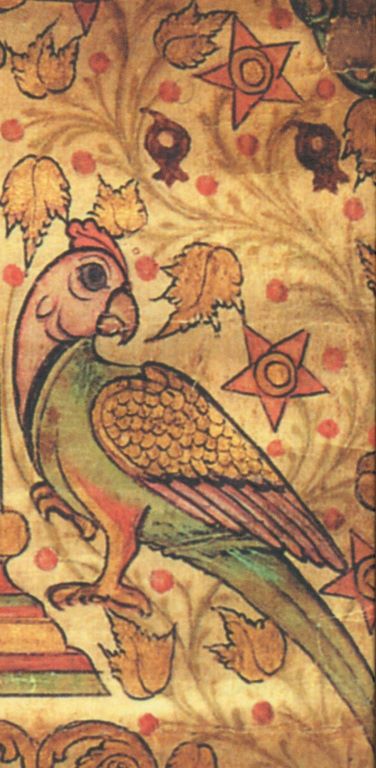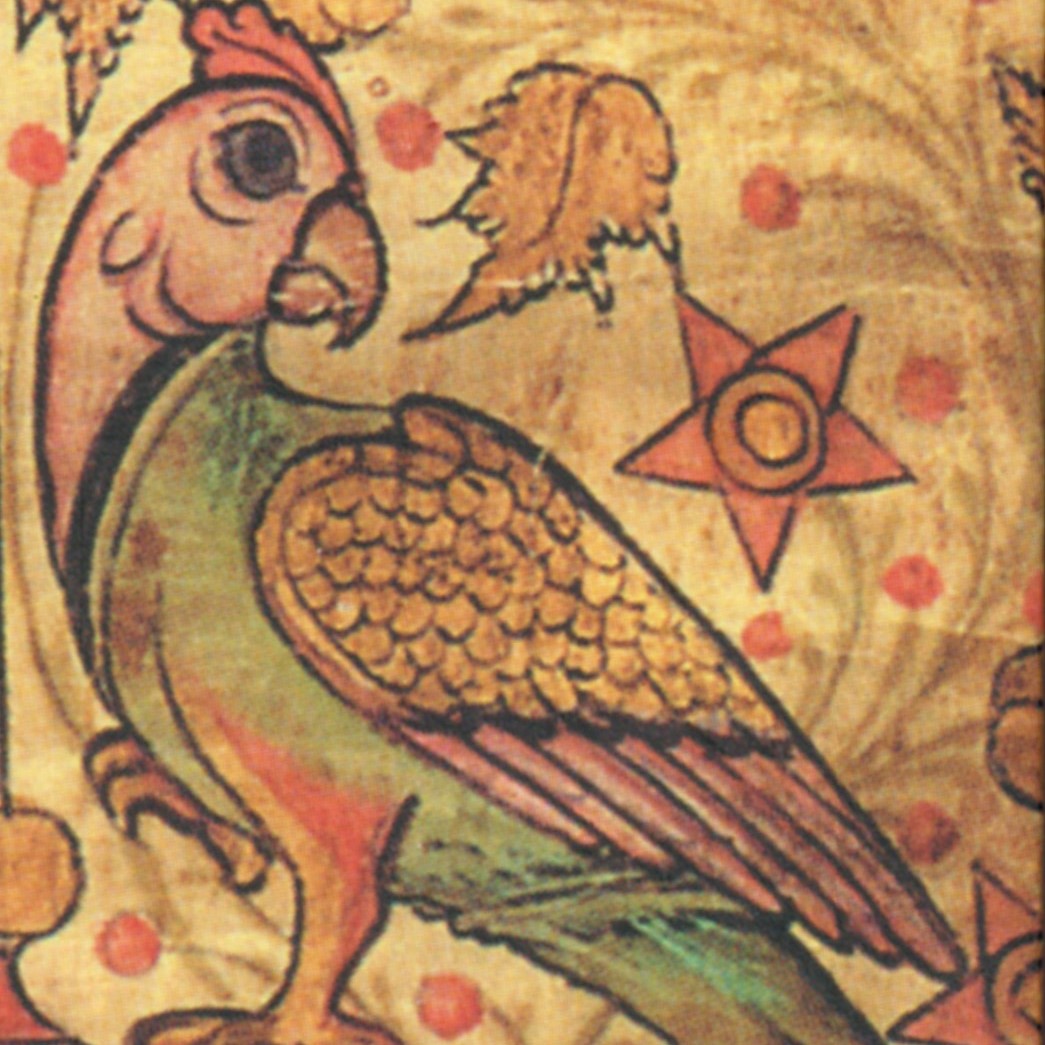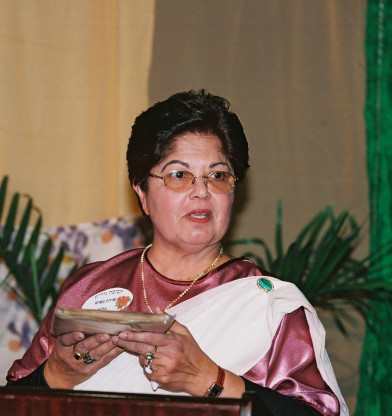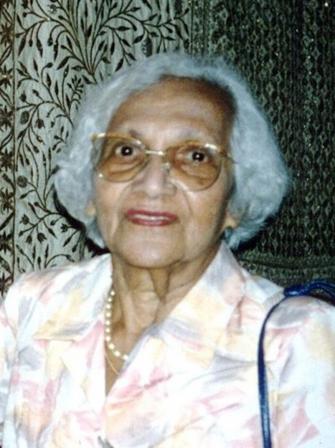2006
57. In the India Kingdom
The introduction to songs 57-59 is available here.
Venus Lane. Recorded by Barbara Johnson, Jerusalem, May 26, 2006; III-69.
Otu ěnna rājyattil ŏru puruṣanuņḍu
Ŏtuměyil vāḻuṃ mannan ŏrumiccavaṟ pattilŏnnu
1. In the India Kingdom once there was a man,
A raja who was ruling in unity over all,
With the Great God’s blessing, according to His decree.
Seven hundred twenty provinces he ruled.
In a few provinces, the Israel children lived.
If asking, you were told: “He’s really, really rich!”
Of six hundred copper pots, eighty pots were filled
With many precious jewels—with diamonds and with pearls,2. With emeralds bright green—every kind and size of jewels!
All this he displayed to the lesser rulers there.
And the fruits of the trees were adorned with shining gold.
Omon schemed to betroth his daughter to the king.
God decided to arrange for Esther to be queen.
The ruling queen was summoned: “In your beauty you must come!”
The raja growled in anger; his red face flushed with rage.
The others there abused her with words of disdain,3. Telling tales of scandal, tales that spread her shame.
Then the raja ordered: “Vashti should be killed.”
It was Omon who stepped forth to kill Vashti the queen.
When his anger cooled, the king asked all of them:
“Go and fetch her now; go and bring her here.
Shaken with shock, they replied to him:
“It was just yesterday that you decreed her death!”
The raja then stepped forth and he killed them all.4. All but curséd Omon! He escaped and hid.
The sounds of grief began; the mourning wails increased.
Then came Omon’s daughter, her body decked out in gold.
Pouring forth her beauty, in vanity she stood.
But what did she lack? She lacked God’s decree.
Now began the insults; now began the shame.
“Get your daughter out of here! Take her to the street!"
Omon with his daughter—oh, see the two of them go,
Walking by foot in the street, shaking their heads in disgrace,
Driven wild by shame, like maddened bulls they go!
This song begins by placing the events of the Purim story in India (Hodu in Hebrew), as it is stated in the Bible (Esther 1:1) that Aḥashverosh reigned “from Hodu to Cush (Ethiopia).” Echoing Esther 1:3–7, it begins with description of a lavish event, comparable to the durbar (royal court) scenes in Chavittunatakam folk dramas, in which the raja displays his wealth to tributary rulers. The attendance of these “lesser rulers” from the Bible can be compared to the relationship between the powerful Kochi Raja of song 12 (“North Side, South Side”) and the less powerful Paliat Achan of song 14.
In addition to recounting the downfall of Queen Vashti, as told in the remainder of Esther Chapter 1 and related midrash, the song also offers a dramatic story about the daughter of Haman, elaborating on a very brief mention in Targum Esther 5:1 (Ginzberg 1968, 6:477n173), which locates the origin of Haman’s hostility toward the Jews in the king’s rejection of his daughter in favor of Esther.
In this Malayalam song, questions and commentary are interspersed with more direct narration (“If asking you are told,” “What did she lack?” “See the two of them go!”)—in the style of Chavittunatakam, where background singers provide narration, and a “buffoon” addresses satiric remarks and questions to the audience. Melodramatic descriptions of the raging king, his “mourning wail,” the humiliation of Vashti, and the anger of Haman and his daughter are also characteristic of the Kerala Christian folk drama, as is the casual style of colloquial dialogue.
In contrast to the other two very popular Purim songs, this first one is found in only three notebooks, all from Kochi-Paradesi. Ruby Daniel remembered it as the first Malayalam song she learned as a child from her grandmother (Daniel and Johnson 1996, 89). Venus Lane recognized the melody as the tune used in Kerala for the Hebrew Azharot (“Warnings”), a piyyut incorporating the 613 positive and negative commandments, recited in the synagogue on the holiday of Shavuot.







